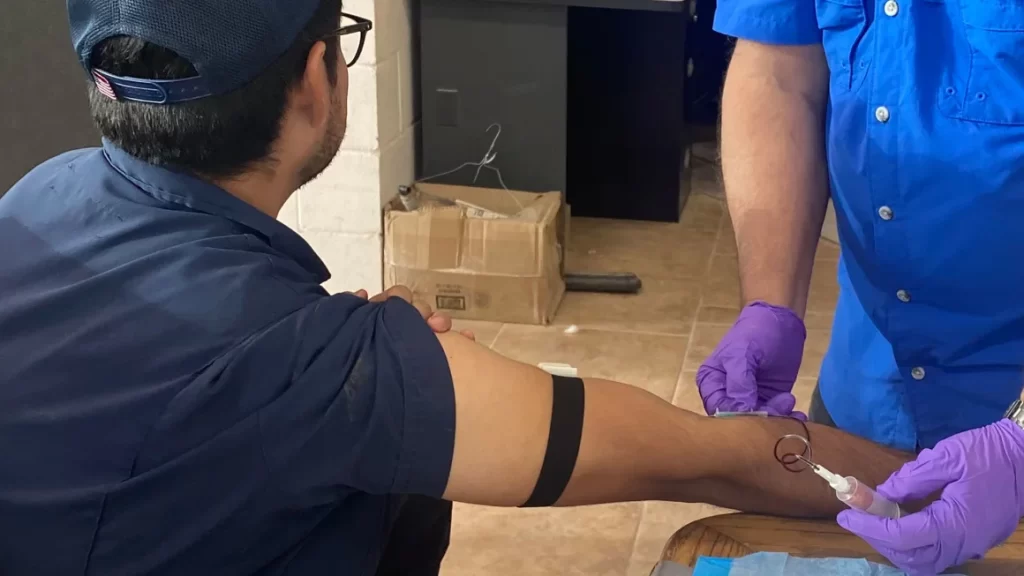A new study lends weight to fears that more livestock workers have gotten the bird flu than has been reported.
“I am very confident there are more people being infected than we know about,” said Gregory Gray, the infectious disease researcher at the University of Texas Medical Branch who led the study, posted online Wednesday and under review to be published in a leading infectious disease journal. “Largely, that’s because our surveillance has been so poor.” As bird flu cases go underreported, health officials risk being slow to notice if the virus were to become more contagious. A large surge of infections outside of farmworker communities would trigger the government’s flu surveillance system, but by then it might be too late to contain.
“We need to figure out what we can do to stop this thing,” Gray said. “It is not just going away.”
The Centers for Disease Control and Prevention bases decisions on its surveillance. For example, the agency has bird flu vaccines on hand but has decided against offering them to farmworkers, citing a low number of cases.
But testing for bird flu among farmworkers remains rare, which is why Gray’s research stands out as the first to look for signs of prior, undiagnosed infections in people who had been exposed to sick dairy cattle — and who had become ill and recovered.Gray’s team detected signs of prior bird flu infections in workers from two dairy farms that had outbreaks in Texas earlier this year. They analyzed blood samples from 14 farmworkers who had not been tested for the virus and found antibodies against it in two. This is a nearly 15% hit rate from only two dairy farms out of more than 170 with bird flu outbreaks in 13 states this year.
One of the workers with antibodies had been taking medicine for a lingering cough when he agreed to allow researchers to analyze his blood in April. The other had recently recovered from a respiratory illness. She didn’t know what had caused it but told researchers that untested farmworkers around her had been sick too. Richard Webby, director of the World Health Organization Collaborating Center for Influenza at St. Jude Children’s Research Hospital in Memphis, Tennessee, said the results confirmed his suspicions that the 13 human bird flu cases reported this year by the CDC were an undercount.
The CDC assesses the current bird flu situation as a low public health risk because the country’s flu surveillance system hasn’t flagged troubling alerts. The system scans for abnormal increases in hospital visits. Nothing odd has turned up there. It also analyzes a subset of patient samples for unusual types of flu viruses. Since late February, the agency has assessed about 36,000 samples. No bird flu.
However, Samuel Scarpino, an epidemiologist who specializes in disease surveillance, said this system would miss many emerging health threats because, by definition, they start with a relatively small number of infections. Roughly 200,000 people work on farms with livestock in the United States, according to the CDC. That’s a mere 0.1% of the country’s population.
— CutC by CNN.com


